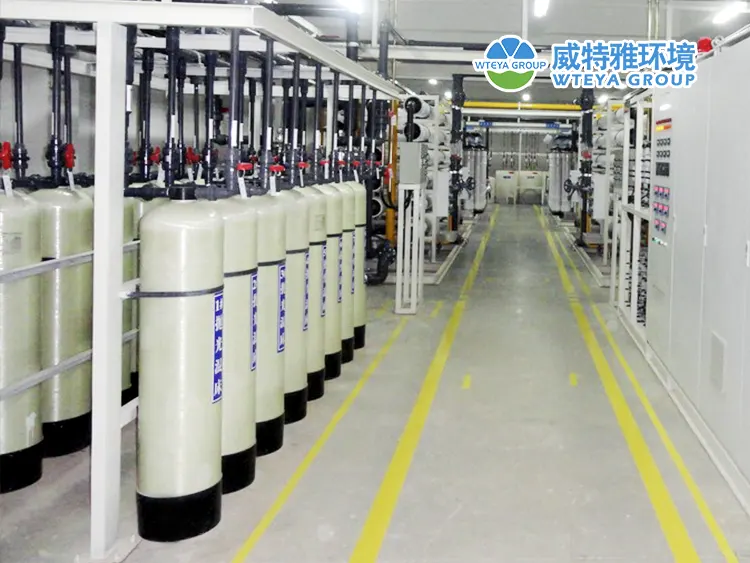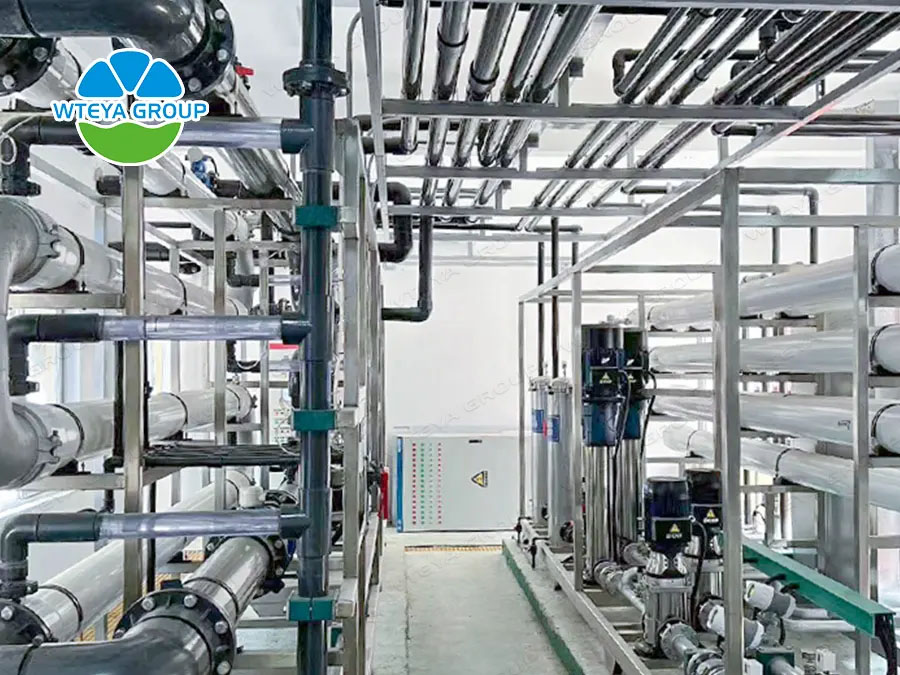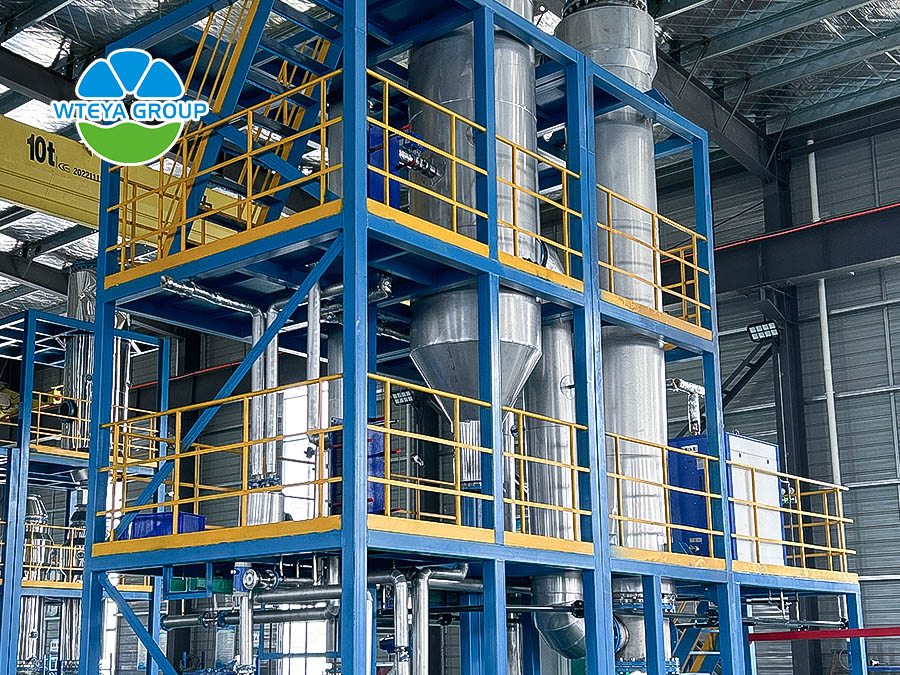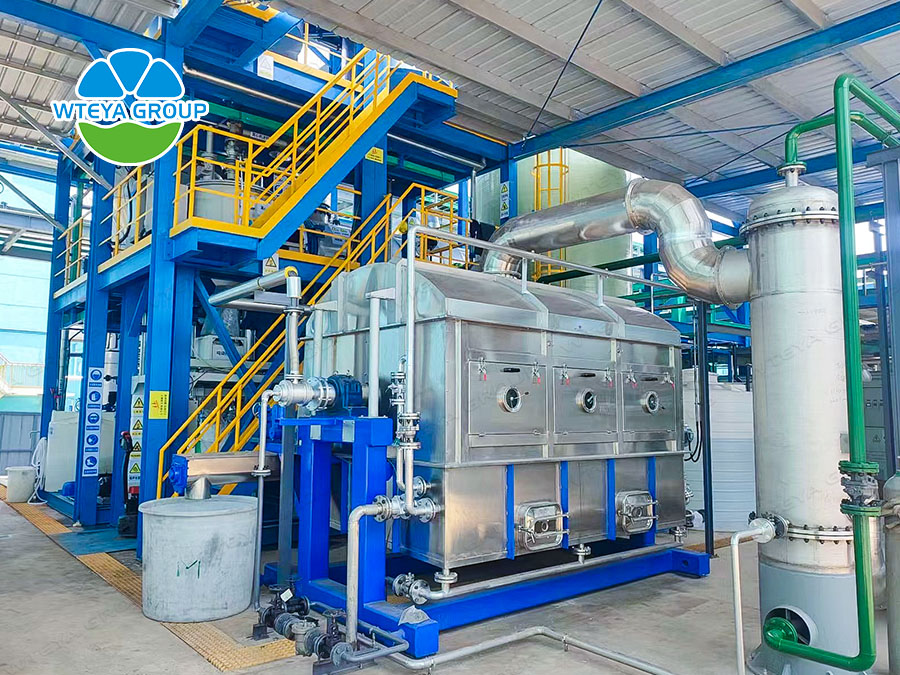Did you know? MVR evaporation system is the best solution for coal chemical and shale gas wastewater!
In modern industrial production, coal chemical and shale gas industries are resource-intensive and highly polluting industries, and their wastewater treatment problems are particularly complex. What solutions should be adopted for wastewater such as coal chemical and shale gas?
Let's discuss with WTEYA the characteristics of wastewater in coal chemical and shale gas industries, zero-discharge solutions for wastewater, and how MVR (mechanical vapor recompression) evaporation systems play a key role in treating such wastewater!
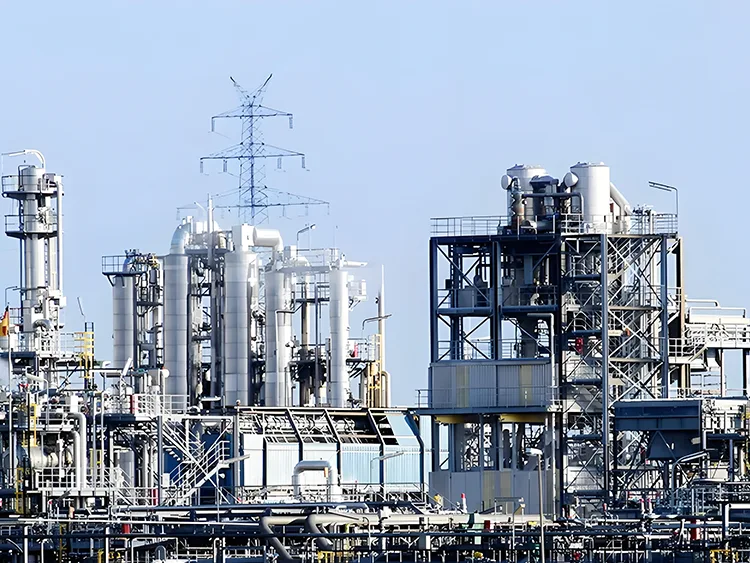
Generation and characteristics of wastewater in coal chemical and shale gas industries
Wastewater in coal chemical and shale gas industries has the characteristics of high concentration, complex composition and high salinity, which poses challenges to traditional treatment methods. Let's learn about wastewater solutions in coal chemical and shale gas industries with WTEYA.
Sources of wastewater generation
The coal chemical industry mainly includes production processes such as coal gasification, coal liquefaction, and coal-to-methanol. These processes generate a large amount of wastewater, the main sources of which include:
1. Cooling water: During the production process, cooling water is used to cool down, but because it is in contact with the production medium, it usually carries certain pollutants.
2. Washing water: Used to remove impurities in the gas, such as ammonia, sulfide, etc., these washing waters usually contain a large amount of organic and inorganic pollutants.
3. Reaction byproduct wastewater: A variety of byproducts are produced during the coal chemical reaction process, including wastewater containing high concentrations of harmful substances.
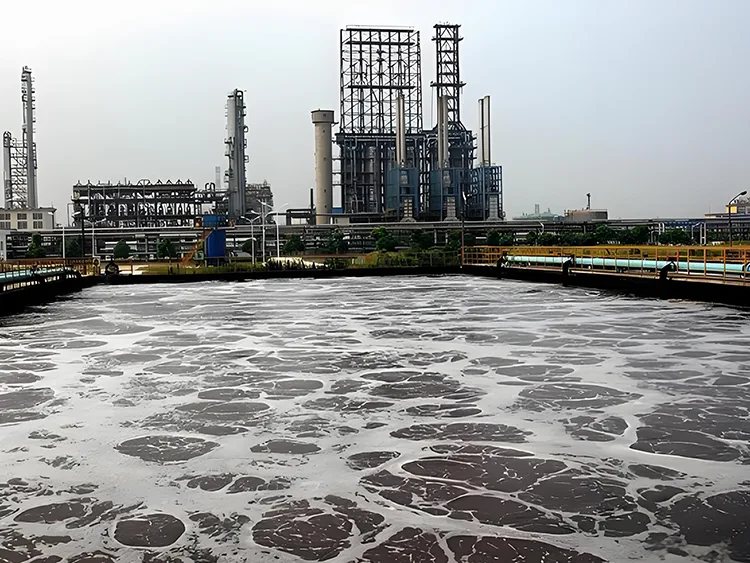
The wastewater generated during shale gas extraction mainly includes:
1. Drilling wastewater: The liquid injected during the drilling process contains drilling fluid and in-situ groundwater, which usually contains high salt and chemical additives.
2. Fracturing wastewater: During the fracturing process, the injected chemical liquid forms cracks underground and is brought back to the surface, containing high chemical substances and pollutants.
3. Production wastewater: Wastewater in the gas separation and treatment process usually contains nitrogen, sulfur, ammonia and other components.
Characteristics of wastewater
Wastewater from the coal chemical and shale gas industries usually has the following characteristics:
lHigh concentration of pollutants: wastewater often contains high concentrations of organic matter, inorganic salts, heavy metals and other pollutants.
lComplex composition: wastewater may contain a variety of pollutants, such as ammonia nitrogen, sulfide, salt, etc., and its chemical composition is complex and difficult to treat.
lHigh salinity: especially in the process of shale gas extraction, the salt content of wastewater is usually high, which makes it more difficult to treat and reuse.
lHigh variability: the composition and concentration of wastewater fluctuate with changes in production process, raw materials and operating conditions, which brings challenges to the treatment process.
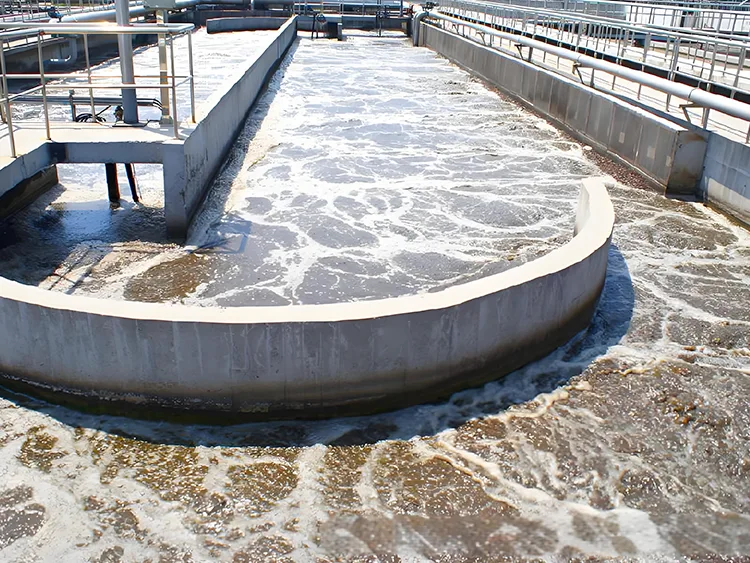
Zero emission solution for coal chemical and shale gas wastewater
High-salt chemical wastewater has the following characteristics: in addition to difficult-to-degrade organic matter and ammonia nitrogen, it also contains suspended matter, colloids, inorganic scaling and other types of pollutants. For suspended matter and inorganic salts, flocculation precipitation, filtration and other methods are usually used to remove scale, silicon and fluorine to eliminate or evaporate the pollution in the crystal system; for organic matter, chromaticity, ammonia nitrogen and other pollution, catalytic oxidation, activated carbon adsorption, macroporous resin adsorption and other technologies or combined processes should be used for biodegradation to ensure the normal operation of wastewater.
The TDS content in wastewater is high, but its concentration is relatively small and has a large scale. Various technologies such as RO, STRO, DTRO, etc. are used to deeply concentrate high-salt water wastewater.
The highly concentrated salts produced in membrane concentration need to be evaporated and crystallized again to achieve zero discharge of wastewater. The evaporation-crystallization device is the most important device in the entire production process, and it is the most important part of the entire production process. During the evaporation process, due to the presence of high salt content, the precipitation of salt supersaturation is caused. Commonly used methods include MVR evaporation method, multi-effect evaporation method, etc.
Application of MVR evaporation system in wastewater treatment
MVR evaporation system will play an increasingly important role in wastewater treatment in coal chemical industry and shale gas industry. WTEYA's MVR system can treat large-volume, high-concentration wastewater through concentrated treatment and efficient use of steam, shortening the treatment time and improving the overall treatment efficiency. The MVR system can not only achieve zero-discharge treatment of wastewater, but also recover useful components in wastewater, reduce resource waste, reduce energy consumption, and realize resource recycling.
1. Overview of MVR Evaporation System
MVR (Mechanical Vapor Recompression) evaporation system is an advanced wastewater treatment technology. Its working principle is to compress the steam generated during the evaporation process and reuse it, thereby improving the efficiency of thermal energy utilization. The WTEYAMVR system heats the liquid in the evaporator by compressing steam, thereby reducing the demand for external energy and greatly reducing energy consumption.
The WTEYAMVR evaporator recycles 100% of the latent heat of secondary steam, greatly reducing energy consumption and low operating costs; compact structure, small footprint; particularly suitable for small space construction; fully automated control operating system. It has been successfully applied to zero-discharge fields of industrial wastewater such as coal chemical industry, hazardous waste industry, lithium battery industry, petrochemical industry, biological fermentation industry, and pharmaceutical industry.
2. Advantages of MVR system
Ø High efficiency and energy saving
The key to MVR system is efficient steam recovery. WTEYAMVR evaporation system significantly reduces energy consumption by recompressing and reusing the steam generated during evaporation, saving 50%-90% energy compared to traditional evaporation system. This is especially important for coal chemical and shale gas industries with high energy consumption.
Ø Reduce wastewater discharge
MVR system can concentrate wastewater and reduce wastewater discharge. The reduced volume of concentrated wastewater is conducive to resource recovery and reducing environmental burden.
Ø Adapt to high-salinity wastewater
In coal chemical and shale gas industries, wastewater often contains high concentrations of salt. MVR system can effectively treat these high-salinity wastewaters and reduce salt discharge by concentration.
Ø Stable and reliable operation
MVR system has a simple design, high operational stability, and can maintain good performance under various working conditions. This is especially important for industrial environments that require long-term stable operation.
Ø Significant environmental protection effect
By efficiently treating wastewater, MVR system can reduce the impact on the environment and meet the requirements of environmental protection regulations.
3. Application effect of MVR system
By applying MVR system, enterprises can not only effectively reduce wastewater treatment costs, but also achieve resource recycling and environmental protection, and improve overall economic benefits. WTEYA's MVR evaporation main evaporation process includes: forced circulation evaporation, falling film evaporation, rising film evaporation, combined evaporation and other forms, and can customize exclusive solutions according to customer needs.








